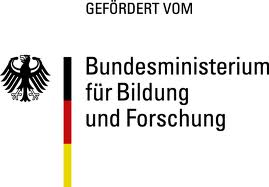SEROW
Simultaneous optimization of energy and resource efficiency of heat transfer regenerators
The aim of the research project is the optimization of heat exchanger rotors by thermodynamic modeling approaches taking into account constructive-manufacturing technology features.
Heat exchanger rotors are used in industrial and building services for transferring heat from hot to colder gas streams. From a technical perspective, these regenerative heat exchangers are substantially at the level of the 1960s. Against the background of rising energy prices and advancing climate change the incentive to recover energy has increased significantly. This project aims on the one hand to increase the efficiency of heat recovery and on the other hand to enable a more resource-efficient production of rotors.
First, the theoretical modeling is carried out with the implementation in a simulation program for the unsteady heat transfer of a small portion of the heat exchanger; assuming this, the model is then transferred to the continuous operation of the apparatus. With this model, important parameters can be varied in simulations and their effects can be analysed, without carrying out complicated test series.
Individual, determined by simulated calculations, optimal geometries of the heat exchanger can be subsequently converted into real heat exchangers in order to compare their properties with the simulation results. The results from this comparison flow back into the adaptation of the modeling program and thus the optimization loop would be closed.
Based on these findings rotor structures can be developed, which, adapted to each specific application, come up with a higher efficiency and can be manufactured with resource-conserving material inventory.




